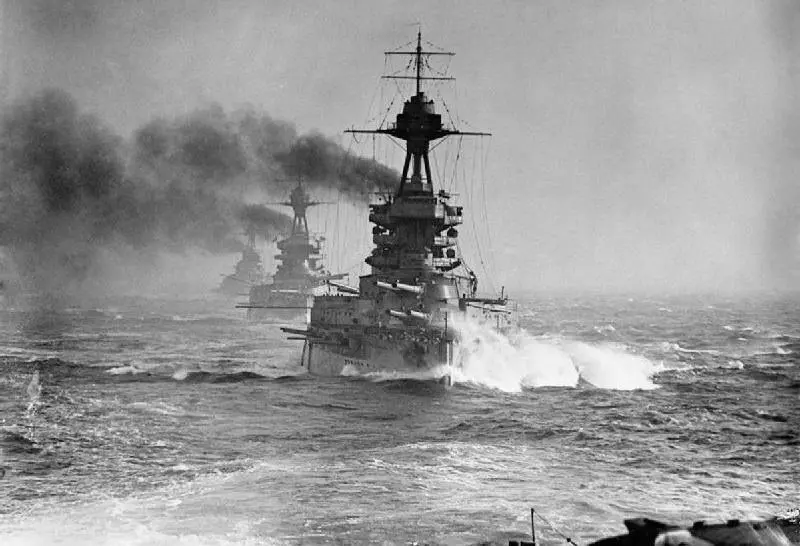The Scuttling of the German Fleet: 2019 Summer Exhibition at the Orkney Museum. Panel 3, Part 4 HMS Vega



HMS Vega
When the 1st Battle Squadron left to carry out exercises on the morning of the 21st June 1919, there were only a few ships left in Scapa Flow to guard the German ships. The German ships only had enough coal to keep steam pressure up in order to run generators to provide electricity for the ship. There was not enough steam for the ships to sail, so they were considered safe. The ships left behind were the depot ship Sandhurst and the former battleship Victorious, which had been stripped out and was used as a workshop. The force that guarded the German ships consisted of three destroyers, HMS Walpole, HMS Westcott and HMS Vega. The Vega and Walpole were undergoing repairs at the depot ship, while the Westcott was refuelling at Lyness. There were also several smaller vessels, mostly armed trawlers.







When news of the scuttling reached the Royal Naval destroyers, the ones under repair immediately raised steam to sail. HMS Westcott tried to use her guns to break anchor chains and beach German ships. When HMS Vega was able to sail, it rushed towards the German destroyers, anchored in Gutter sound between Fara and Hoy. On reaching them there seems to have been either a problem with the engine or communication between the captain and the engine room, but as a photograph taken at the time shows, HMS Vega rammed into the much smaller German torpedo-boat/destroyer. Maybe it was an attempt to push the German vessel ashore – it must be remembered that many of these small ships were not manned at the time.





To make a donation to any of the museums please follow the link and support us. Thank you.
